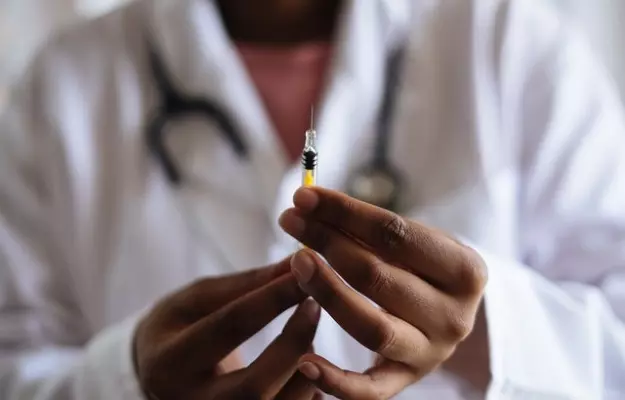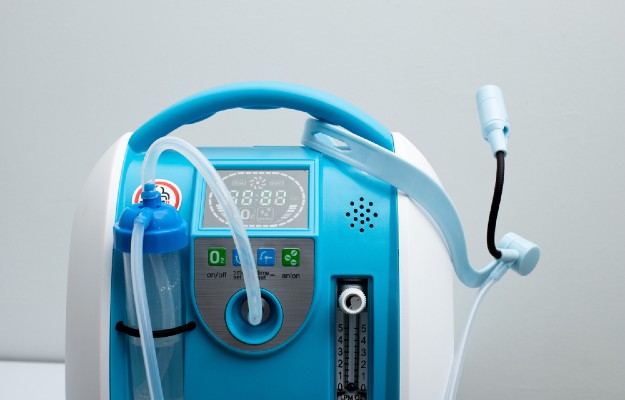As quickly as COVID-19 is spreading, researchers are doing their best to find a vaccine for it. A number of companies are racing to launch the first vaccine.
The latest to join this race: a collaboration between Delaware, US-based Voltron Therapeutics Inc., Hoth Therapeutics and the Vaccine & Immunotherapy Center at the Massachusetts General Hospital to make the vaccine. (Voltron is forming a subsidiary, HaloVax LLC, to develop, make and sell the vaccine.) The vaccine is being based on a technology developed at the Massachusetts General Hospital.
The vaccine has not yet entered the animal trial phase - any new medicine goes through multiple trials, including human clinical trials, before launch. However, the collaboration is planning to do so by the end of this month and then quickly scale it up to clinical and safety trials.
Self-assembling vaccine
Since there is a time constraint in developing vaccines for infectious diseases, the new vaccine is using the concept of self-assembling vaccines.
Self-assembling vaccines are made of protein nanoparticles that assemble to elicit a strong immune response when injected into the body. They are not the virus themselves, instead, they arrange in such a way that they mimic the presence of the virus in the body. Our immune system creates antibodies against these particles as if they were the virus itself.
Since these vaccines don’t contain the nucleic acid of the virus, they are not infectious. In fact, these vaccines are said to be safer and more effective than the existing live attenuated ones - that always carry a minor risk of actually turning to a disease - and the killed viruses that don’t create such a strong immune response with a single dose.
A new old technology
Though the self-assembling vaccine technology is currently being used by the Massachusetts General Hospital, self-assembling particles have been known since the 1950s - the first one was seen in a plant virus.
In fact, the first vaccine for hepatitis B was made using this technology. Self-assembling nanoparticles are now an emerging and strong candidate for the development of potent vaccines.
The composition of the nanoparticles varies significantly. They can be made from pure or composite materials, metals like gold and silver or biological materials including artificially engineered virus-like particles.
Here's what the nanoparticle looks like: a strong virus-like particle has a base fusion protein that presents the antigens of the virus (the proteins of the virus against which our body produces immune reaction) on its surface.
The specific thing that Massachusetts General Hospital uses to develop a self-assembling vaccine is a fusion protein consisting of a heat shock protein and avidin (also a protein). Later specific biotinylated immunogenic peptides (antigens) are added to this base to create the vaccine.
Heat shock proteins are special proteins that ensure proper interactions between different proteins, they make sure that the proteins in the body fold properly so they are functional. Avidin is a protein that has a high affinity for biotin, the protein that is bound to the immunogenic peptides completing the assembly of the vaccine. In other words, the outer layer of viruses is made of proteins - this vaccine imitates this protein layer and tricks the body into thinking it is being attacked by a coronavirus. The body’s immune system kicks in to produce antibodies - the hope is that these antibodies will also help the body fight the real coronavirus if need be.
In a press release, Dr. Mark Poznansky, Director of the Vaccine & Immunotherapy Center, Massachusetts General Hospital, explained their goal with the vaccine. He said that the self-assembling vaccine is highly adaptable and can be easily modified in case new strains or mutated strains of the pathogen arise. The main goal of this vaccine right now is to protect all the at-risk people as quickly as we can.



















